Key Considerations when Filing Multiple Design Patent Applications
Date: 20 March 2023
【Volume 107】
Many countries accept multiple designs in a single design patent application, such as US, EU, China, South Korea, etc. However, in Taiwan a design patent must only have one design (embodiment), also known as “One application for one design” rule. Due to the difference in both systems, some adjustments might be needed when applicants plan to file in Taiwan claiming priority of its foreign design patent.
Recently, an applicant filed a Taiwan design application based on its US design patent application which includes multiple designs without separating it into multiple applications. The other designs were listed as reference drawings in the Taiwanese application. The applicant later noticed this issue after the patent was granted and claimed that the IPO is against the rules allowing the patent. However, the Taiwan Supreme Administrative Court dismissed the case and concluded that the applicant should consider the scope of the patent protection on their own behalf. If the priority patent is a multiple design patent application, the applicant should decide themselves if the multiple designs are to be filed as divisional applications to be individually protected. The IPO has no obligation to notify the applicant of such choice. (2022 shangzi No. 151 Judgement of the Taiwan Supreme Administrative Court and 2021 Xingzhuansuzi No. 51 Judgment of the Taiwan Intellectual Property and Commercial Court).
Case Facts
The plaintiff, a New Zealand company Fisher & Paykel Healthcare Corporation Limited, is the patentee of Taiwan design patent No. D215126 “Humidifier” (the ‘126 patent). The ‘126 patent claims priority to a US design patent application. Since the US accepts multiple designs in a single application, the priority claim comprises 12 designs.
The ‘126 patent listed its first design as the main example of the patent, while the rest of the disclosure examples are listed as reference drawings 1-11. Realizing that only the first design is protected after the patent was granted, the patentee intends to file divisional applications based on the first design that was allowed. The patentee requests the IPO to withdraw the allowance of the patent, which the IPO declined. The patentee decided to file an administrative appeal, which was overruled. The patentee then filed an administrative suit with the IP court, which was also overruled. Eventually, this case was brought to the Taiwan Supreme Administrative Court. Nevertheless, the Taiwan Supreme Administrative Court supports the decision of the IP Court and found no reason to determine the IP Court of any wrongdoings. The case was dismissed.
The opinion of the IP Court
- The ‘126 patent abides by the “One application for one design” rule:
The design patent ‘126 comprises only one specific design of one object, that is a humidifier. It did not violate the one application for one design rule. Hence, there is no need to inform the applicant of filing a conversion or a divisional application. As for the different designs with solid lines, broken lines, shape, pattern, symbols and colors that the plaintiff mentioned, they are all reference drawings listed in the ‘126 patent and not protected by the scope of the claims. Thereby, the reference drawings should not be taken into consideration when determining whether the ‘126 patent is in accordance with the one application for one design rule.
- The IPO has no obligation to inform the applicant to delete reference drawings:
According to Chapter 1, Section 3.2.7 of the Design Patent Examination Guidelines, reference drawings are not to be used to describe the object or its using conditions. Only when the reference drawings are irrelevant to the design patent that was filed will the IPO inform the applicant to delete the reference drawings.
In this case, reference drawings 1 and 2 used different solid lines and broken lines to indicate different scope of the design comparing to the perspective view and six directional views. Reference drawings 4 to 6, 8 to 10 are embodiments of number symbols being added to the object surface. Reference drawings 3, 7 and 11 are embodiments of the above-mentioned designs after applying colors. Although the reference drawings are not used for describing the object or its using conditions, they all demonstrate different scope of the patent or embodiments after being applied with colors based on the perspective view and six directional views of the patented design. It is difficult to claim that the reference drawings are irrelevant to the patented design. The IPO has no obligation to inform the applicant to delete the reference drawings.
| Patented Design | 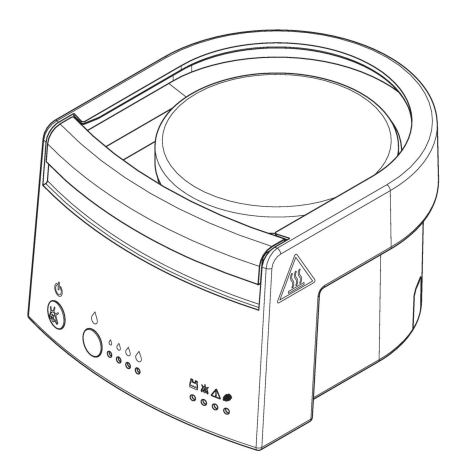 |
6 | 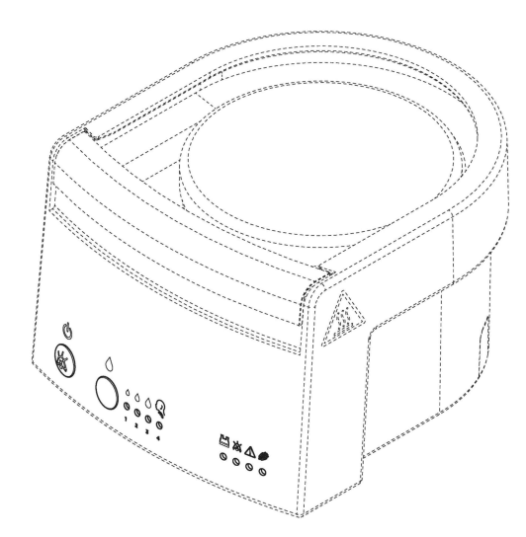 |
| 1 | 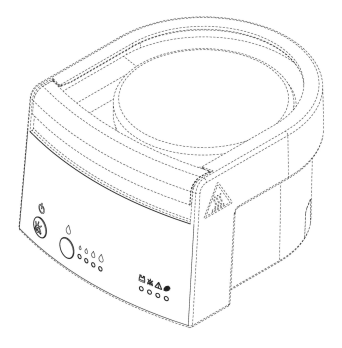 |
7 | 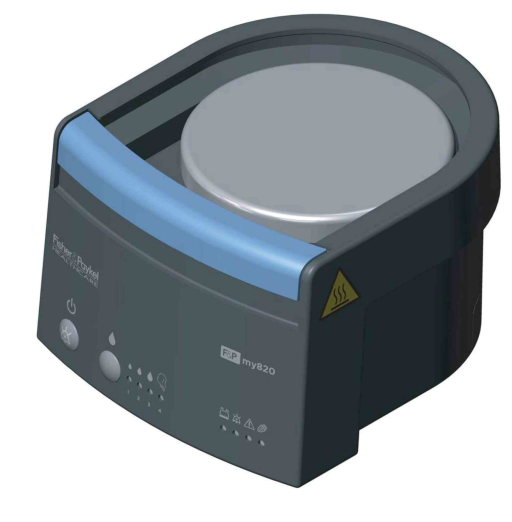 |
| 2 | 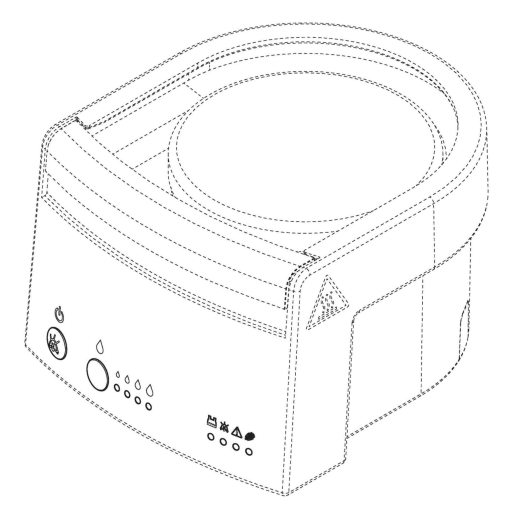 |
8 | 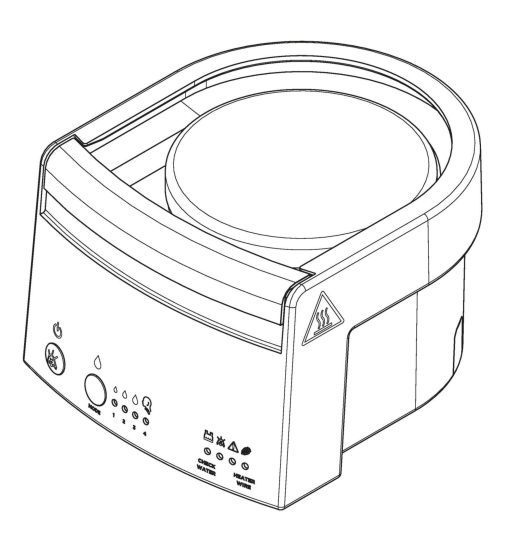 |
| 3 | 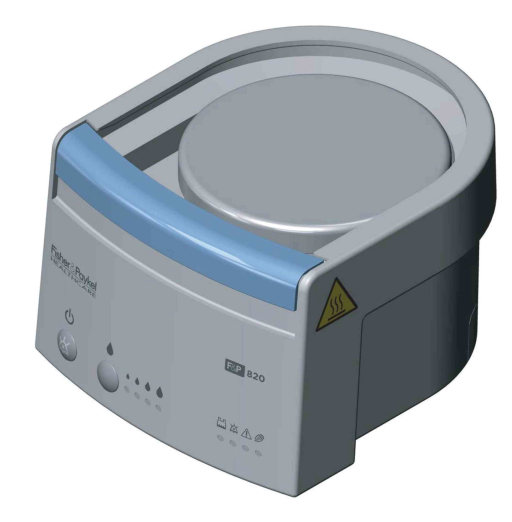 |
9 | 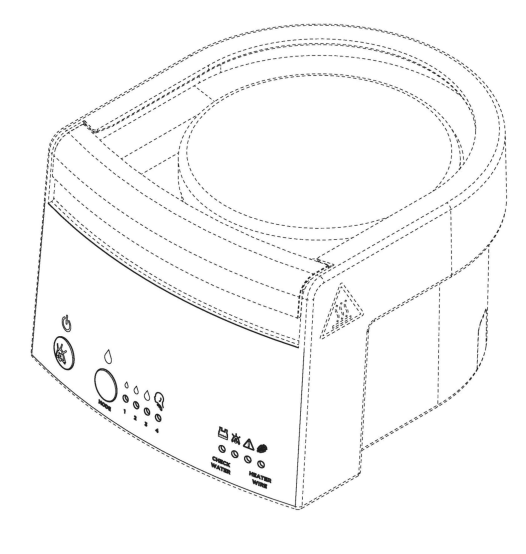 |
| 4 | 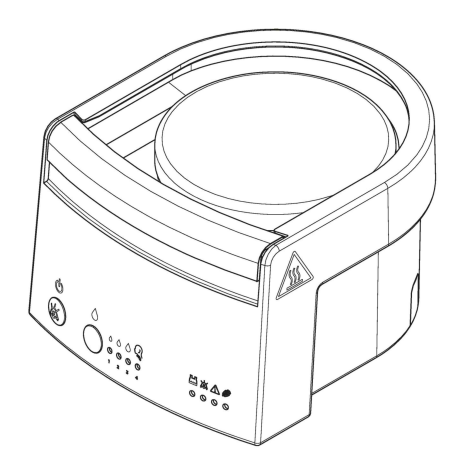 |
10 | 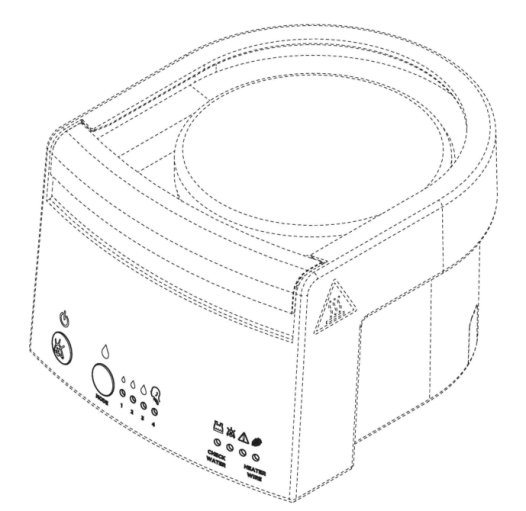 |
| 5 | 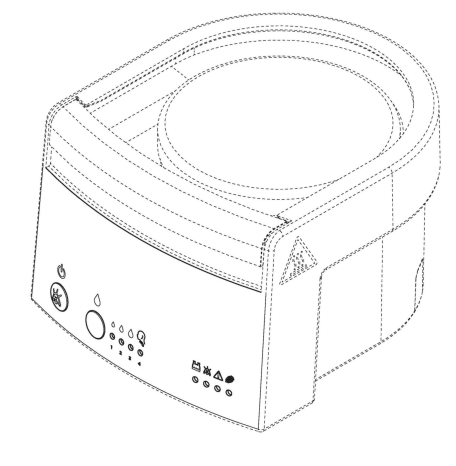 |
11 | 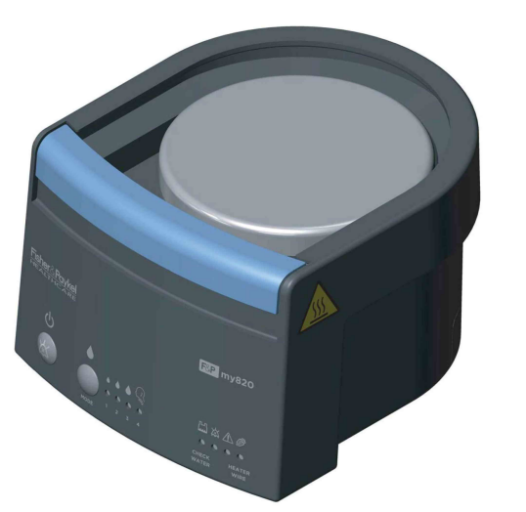 |
Figures of the ‘126 patent: the patented design and the reference drawings 1-11 (presented as perspective view)
The opinion of the Taiwan Supreme Administrative Court
Whether the applicant plans to file divisional applications for a multiple design patent depends on their considerations of patent portfolio and business strategy. If the applicant chooses to file divisional applications to better protect the patent, additional annual fees will also be a burden. Assuming the original application complies with the one application for one design rule, not all applicants will choose to file divisional applications. Therefore, it is hard to say that divisional applications are purely the best for the applicant’s interest. Even if the reference drawings clearly disclose another design, it should still be for the applicant to decide whether they want divisions. The IPO has no means of knowing the applicant’s intention, nor does it have the duty to inquire the applicant.
Wisdom Suggested Strategies
According to the Taiwan Patent Examination Guidelines, reference drawings are not in the scope of the patent protection. Hence, they should not be taken into consideration when determining whether the application complies with the one application for one design rule. The IPO will only notify the applicant to remove the reference drawings when said drawings are irrelevant to the main design. Therefore, when an applicant wishes to file a design patent in Taiwan claiming priority of foreign design patents, they should take into consideration whether the foreign patent comprises multiple designs.
If the foreign patent comprises more than one design, with the second and rest of the designs filed as reference drawings, the reference drawings will not be within the scope of patent protection. The applicant should take into consideration the economic factor when filing divisional applications for multiple designs while complying with the one application for one design rule.
Moreover, if the applicant of the design patent wishes to file a divisional application, according to Paragraph 2, Article 130 of the Patent Act, a request for division shall be made before a reexamination decision on the original application is rendered. If the applicant wishes to file conversion between design patent and derivative design patent, according to Paragraph 2, Article 131 of the Patent Act, a request for the conversion shall not be made under any of the following circumstances: (1) after a written decision allowing the original application is served; or (2) two months after the date on which a written decision rejecting the original application is served.
We suggest that the applicant should consider carefully the content of the patent design, and file divisional applications for the designs they wish to protect to avoid issues in the future.






